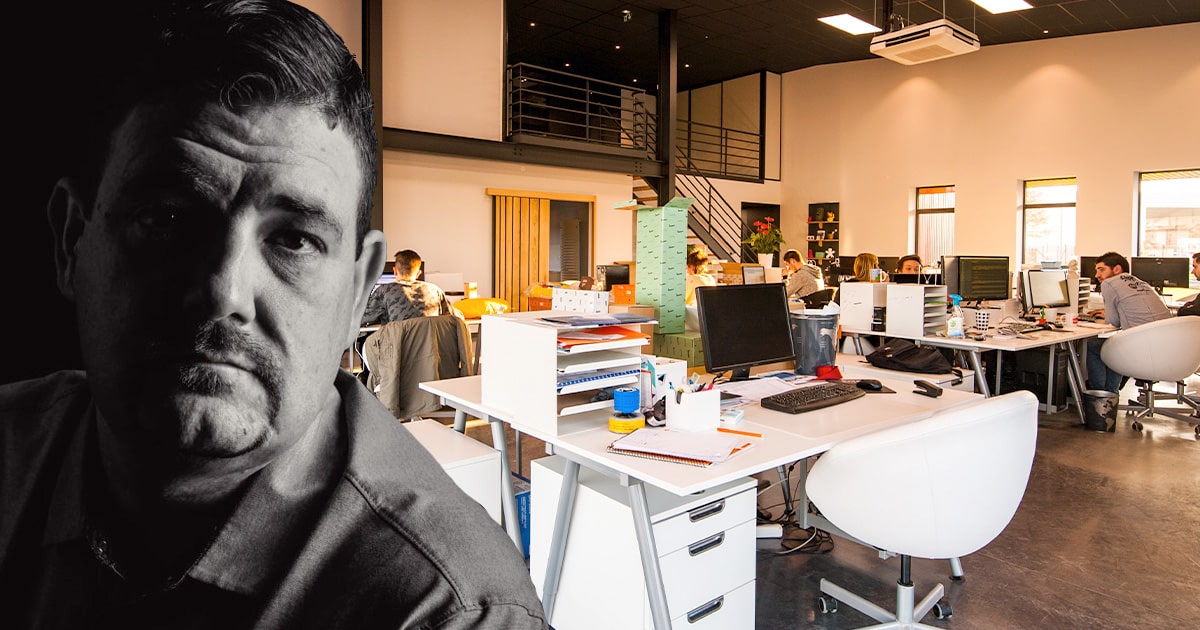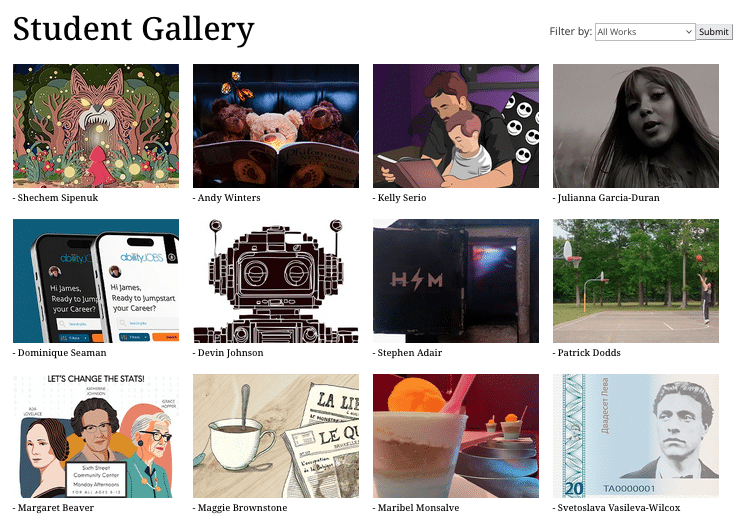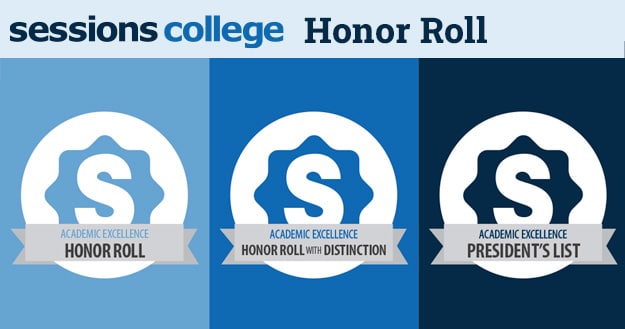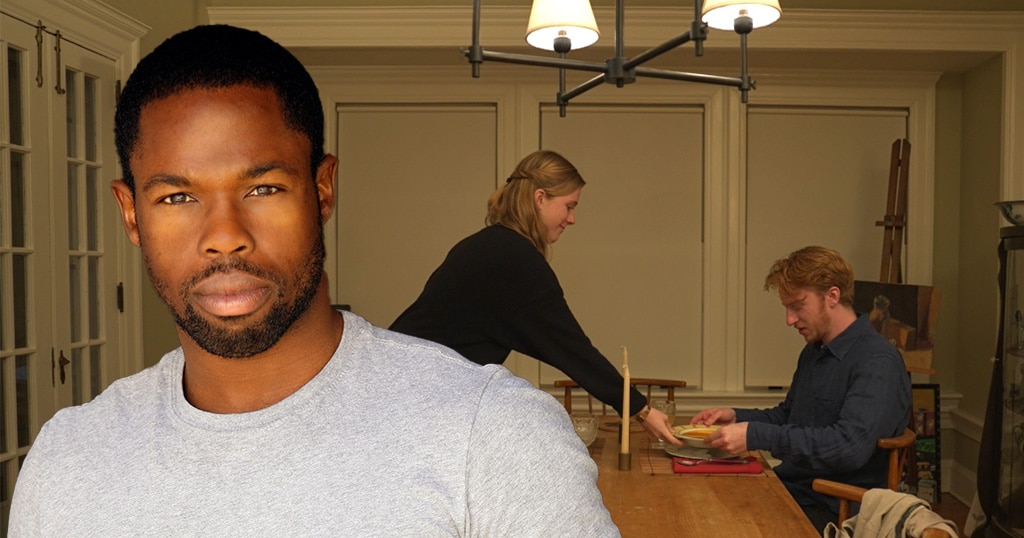Advisory Board Sessions: Graphic Design is Back

This interview features highlights from our industry trends discussion with Graphic Design Advisory Board member John Gawley.
Q: Has employment in your industry changed during the COVID-19 pandemic? If so, how?
There’s still a need for graphic designers but many are now under the term brand designer. We have seen lots of demand for many years of experience, mid-to-upper-level jobs. I’ve seen it across the board from smaller design firms and agencies to larger in-house departments. Everyone is trying to keep up with the workload demands; not slowing down.
Q: What software or skills are in demand?
Companies looking for experts that know their craft. A traditional graphic designer needs to know Photoshop, Illustrator, and InDesign. Skills outside that (Premiere, After Effects, etc.) are a benefit, but not required. Motion designers are specific jobs. Not seeing as much “one size fits all” needs as much as the early 2000s.
Foundational skills include: page layout, parent pages, grid systems, hierarchy, color theory, understanding how clipping paths work, and how and when to utilize different file types. The fundamentals of design are of course still essential.
Other niche specialty skills are in demand too, outside of the design space. For a UX visual designer, coding knowledge is good, but they only touch code once or twice a month. User research and design are split up. Video is becoming increasingly more popular for marketing, and having the ability to do simple Adobe Premiere skills is nice to have. An understanding of social media is also a big plus.
Q: What level of education is need to enter the industry right now, and why?
If I’m hiring for a position it’s more about the strength of their portfolio and general education know-how than whether they have a Bachelor vs Associate degree. What I’d really love to see is real-world projects, either from internships or freelance. And I’d want to gain an understanding of their skills—how much of their work is them vs. guided by an art director/teacher?
Q: What portfolio format(s) are employers looking for?
A portfolio must be easy to find/review. Candidates must provide a link to a portfolio site like Behance or just supply a PDF—I don’t want to have to go searching for work. Be curious; it’s as much interviewing the company as much as the company is interviewing the candidate—this shows drive and passion to find the right fit.
A portfolio should be available both digital and in-person. First, to review skills to see if qualified for the job, then physically to discuss and review the work collaboratively. If it’s remote, a presentation (Google slides/Powerpoint, etc.) can be used to review work. Clients want to see presentation skills.
Good projects for a designer portfolio to have include fliers, publications, social posts, branding/corporate identity, packaging, signage, vehicle wraps.
In a portfolio, I want to see a wide range of applications. We don’t work in just one thing, so I want to see can design for multiple platforms. Too much of one kind of work doesn’t show the depth of skills.
Finally, do your own design. This is the first piece you’ll be judged on. I can tell when you used a Google template.
Q: What attitudes are required to stay employed?
Curiosity. So many of the various creative positions involve strategy. Being able to do research and design effective solutions is so valuable.
On the job, you need to show up. Be consistent. Be on time. Do the work. Ask for help. Ask questions. Put in the hours. Leave ego/entitlement at the door. Don’t ghost.
For more information about John Gawley, visit our Advisory Board. For more information on Graphic Design majors at Sessions College, visit our Graphic Design programs page.

Sessions Staff is a restless soul who loves to share relevant news and design industry information with current and prospective students. Read more articles by Sessions Staff.
RECENTLY ON CAMPUS

























 What Photoshop’s new AI Tools Mean for the Creative Community
What Photoshop’s new AI Tools Mean for the Creative Community
 Gaining Confidence and Working with Clients
Gaining Confidence and Working with Clients Exploring the Artistry of Filmmaking
Exploring the Artistry of Filmmaking